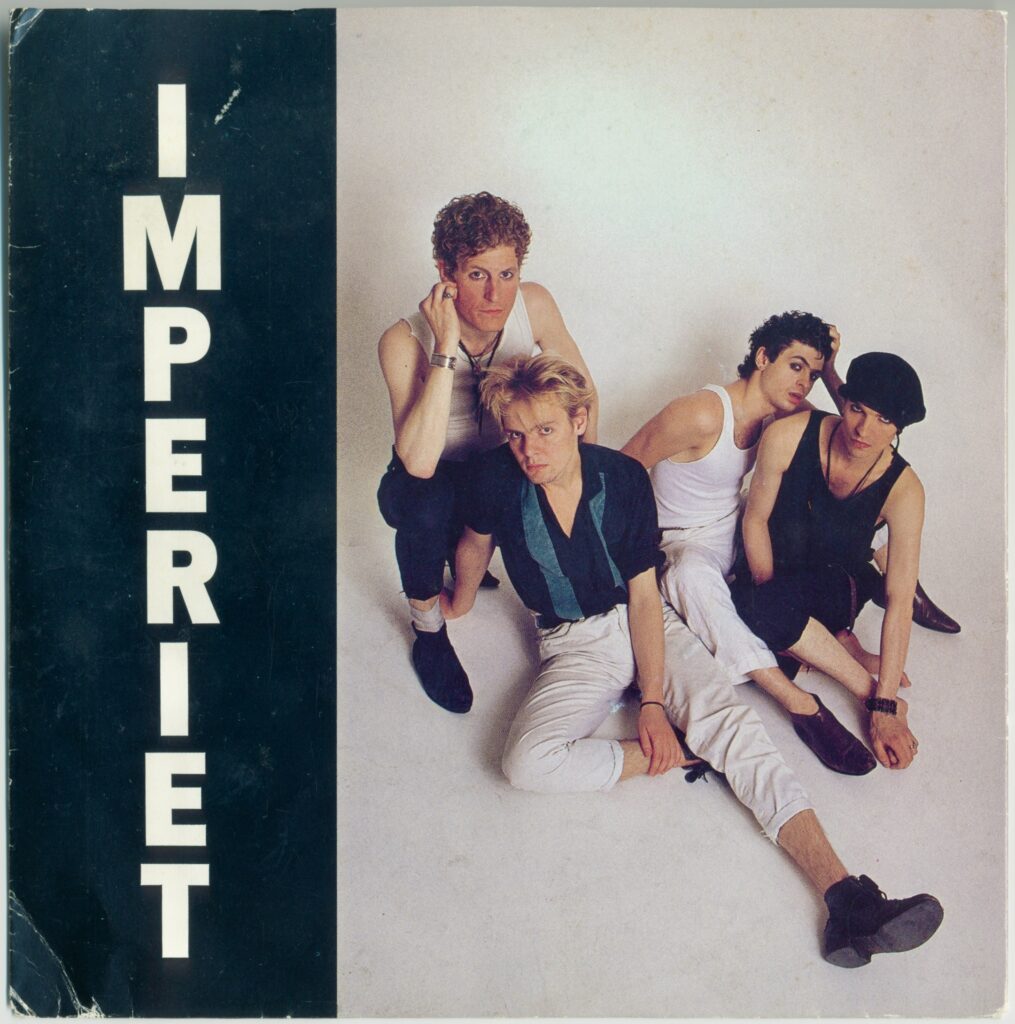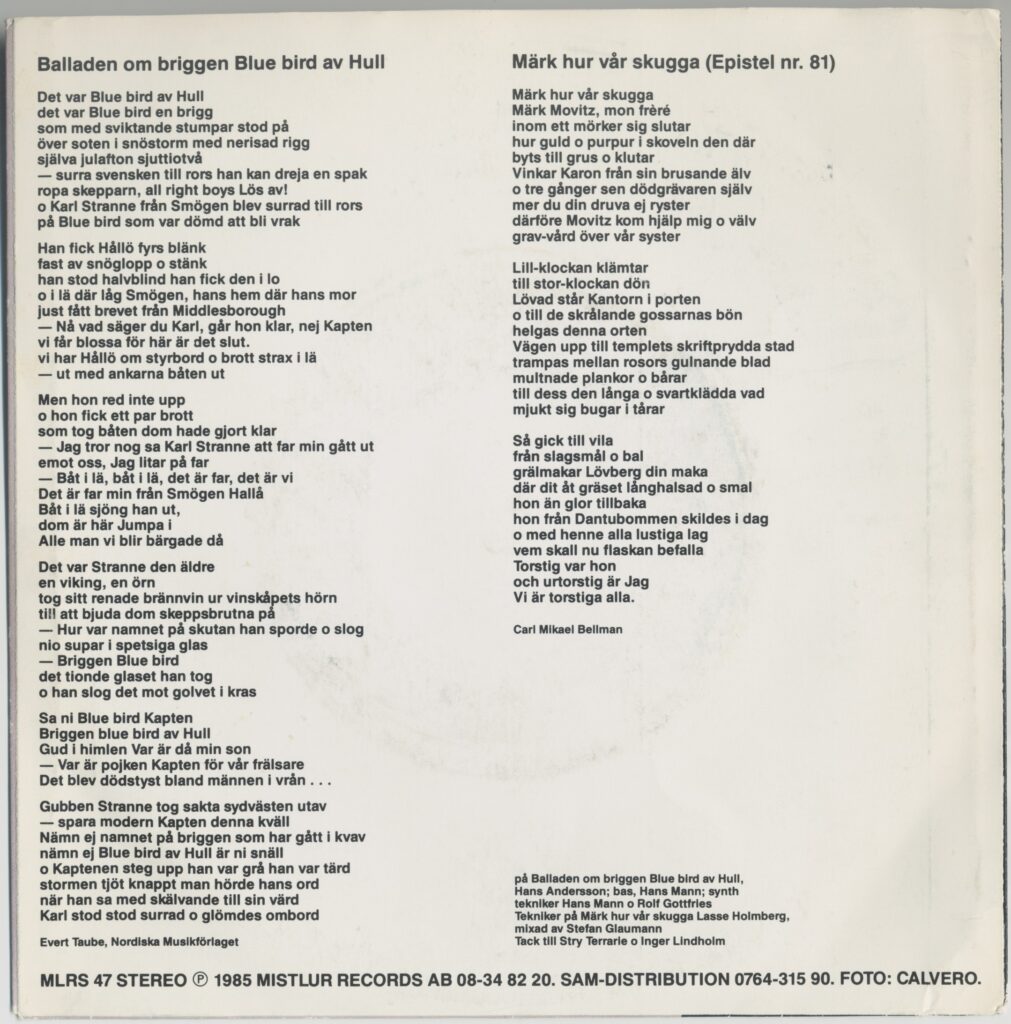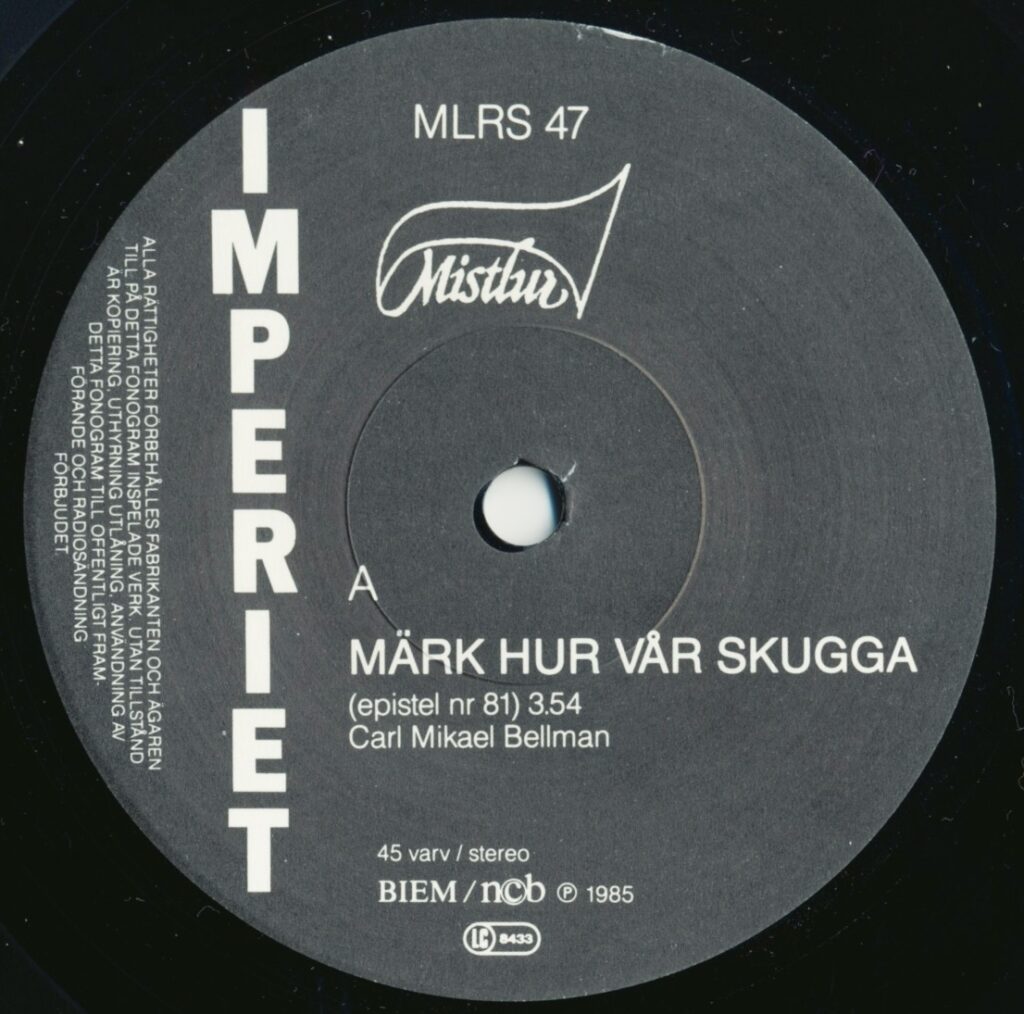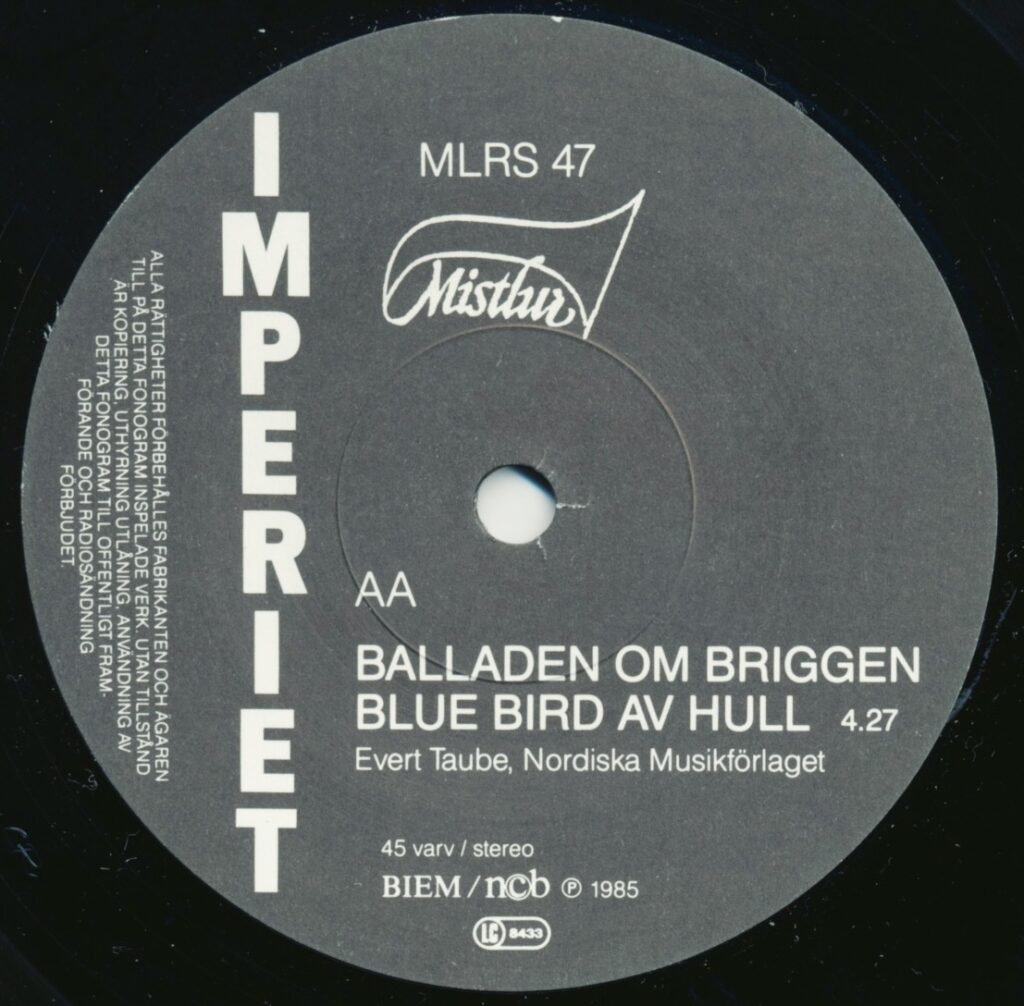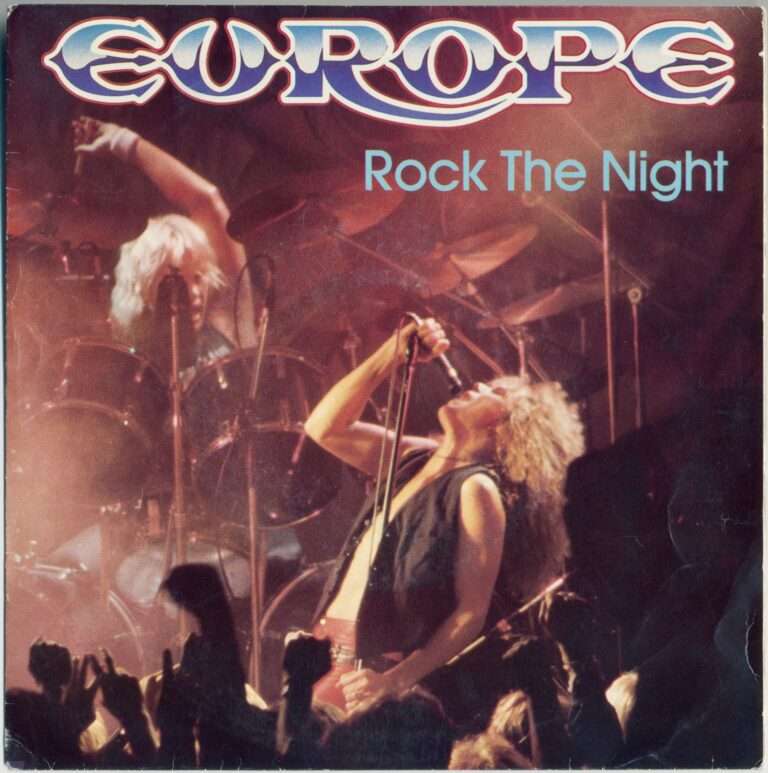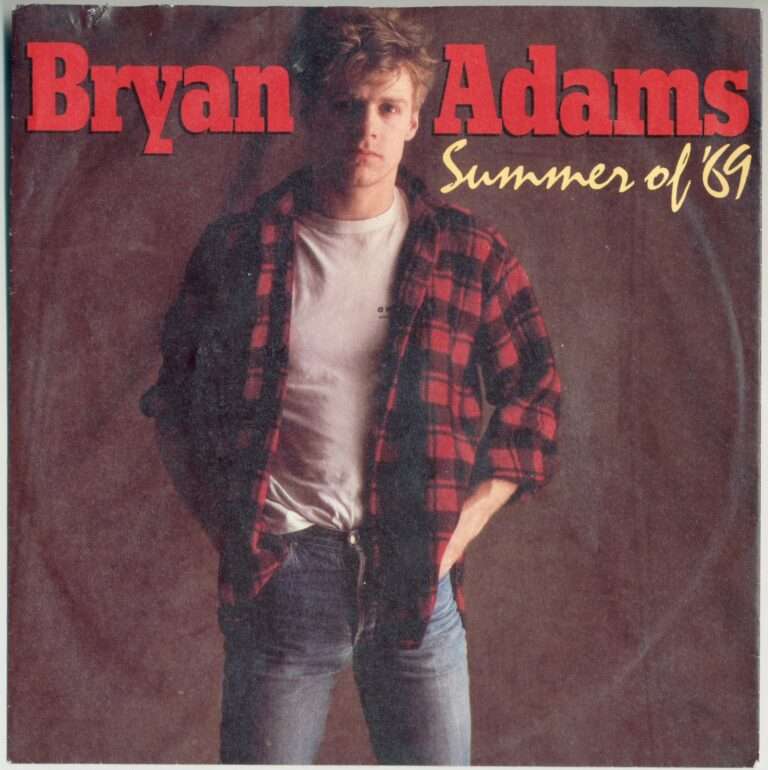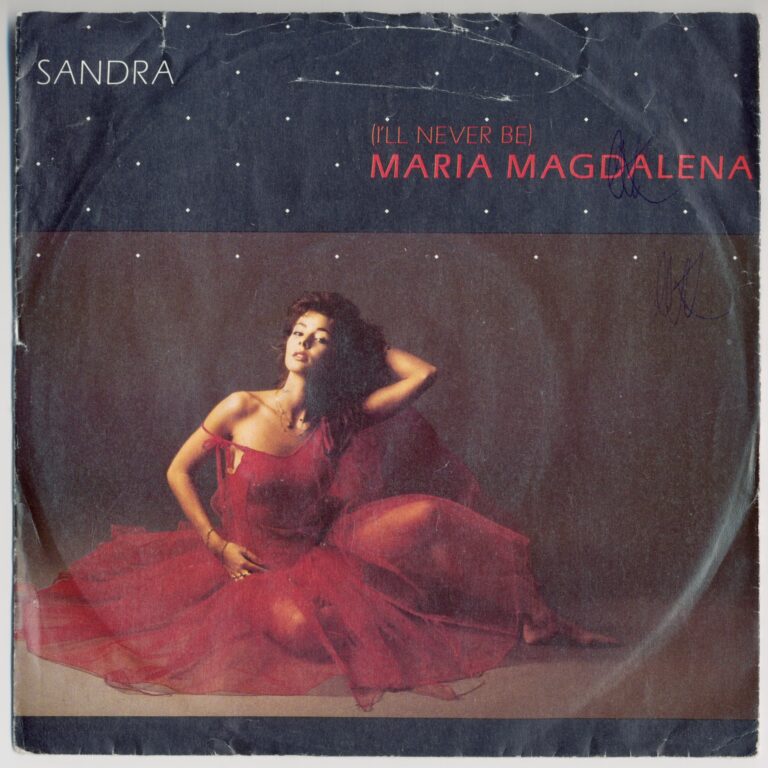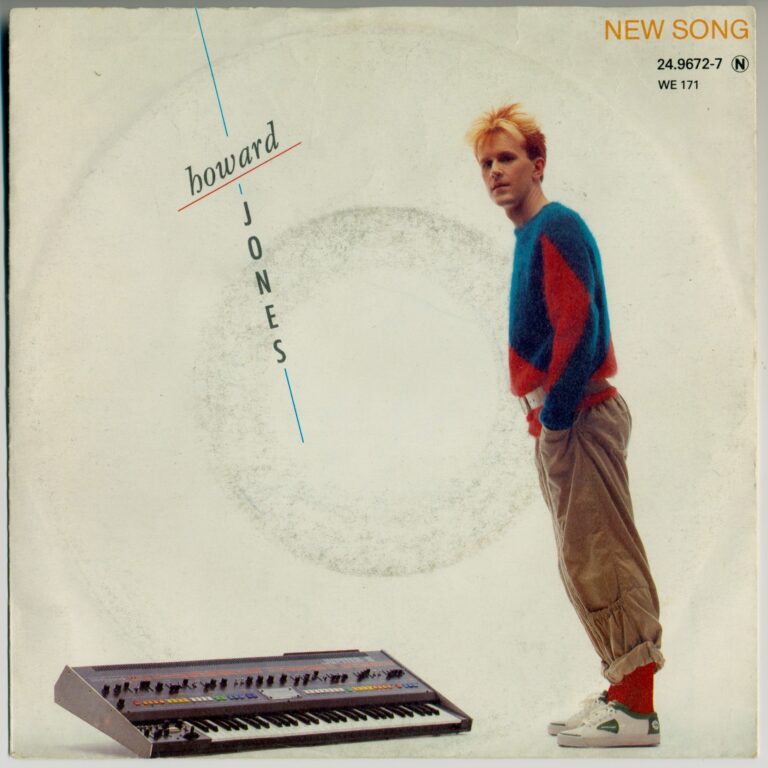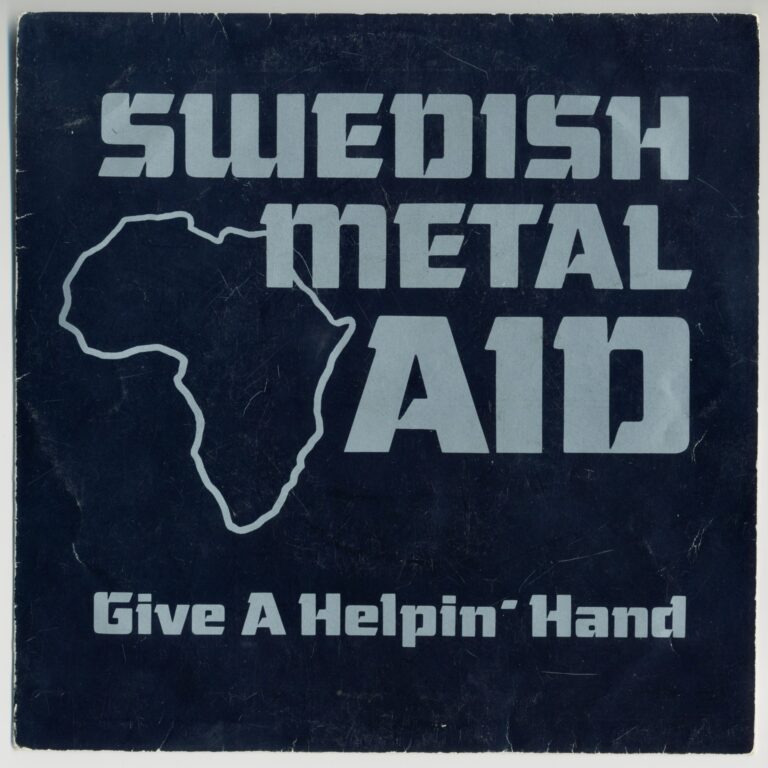Imagine a smoky, dimly lit Stockholm club in the mid-1980s. The air crackles with anticipation as Imperiet, a band that clawed its way out of the raw punk scene to embrace a more sophisticated, synth-infused sound, takes the stage. They’re known for their fierce left-wing lyrics and a certain rebellious spirit. But tonight, something unexpected is brewing. They launch into a song that’s both hauntingly familiar and shockingly new: “Märk Hur Vår Skugga.”
This wasn’t just another track; it was an 18th-century funeral elegy by Carl Michael Bellman, a cornerstone of Swedish song tradition, reinterpreted through a post-punk lens. Bellman himself was a master of reinterpretation, famously setting his “elegant and low life” tales to borrowed melodies. Imperiet, perhaps unknowingly, was continuing a centuries-old artistic lineage. There’s even a rebellious, “punk” edge in Bellman’s original work – a “drinking-orgy” that follows a funeral elegy – a thematic alignment that might have subtly drawn Imperiet to the piece.
The band’s decision to cover this classical piece in 1985, a period of significant artistic and commercial growth, was, ironically, a strategic move to reduce their burgeoning popularity. They wanted “breathing room,” hoping that a “dark, slow, and very suggestive” interpretation of an old Swedish classic would temper their mainstream appeal. Oh, how gloriously wrong they were. “Märk Hur Vår Skugga” became a “breakthrough hit” , soaring to the second position on the Svensktoppen chart and staying there for a remarkable 19 weeks. It was a “successful backfire” that propelled Imperiet from cult punk heroes to a household name across Sweden. The Swedish public, it turned out, was more than ready for a melancholic, atmospheric sound from a band with punk roots, especially when it breathed new life into a beloved national classic.
“Vägen upp till templets griftprydda stad / Trampas mellan rosors gulnade blad”
The lyrical depth of Bellman’s original, with its poignant reflections on mortality and the transience of earthly possessions – “How gold and purple in that shovel, is changed to grit and rags” – found a surprisingly fitting home in Imperiet’s “dark, slow, and suggestive” musical arrangement. The recurring lament, “She was thirsty and I am parched; we are all thirsty” , resonated with a universal human craving, amplified by the brooding, introspective nature of post-punk. Imperiet didn’t change the words, but their half-synth sound imbued them with a distinctly different mood and intensity, recontextualizing and amplifying their profound meanings.
Beyond its commercial triumph, “Märk Hur Vår Skugga” has become a cultural chameleon. It’s not just a song; it’s a vital thread in the tapestry of Swedish cultural identity. Academic institutions expect students to study Bellman’s Epistles, including this very one. The song’s “spookiness” and “slow moving” quality are even said to align with a perceived “Swedish melancholy,” suggesting it taps into a deeper national sentiment. This resonates deeply, elevating the song from a mere cover to a modern embodiment of a timeless Swedish sentiment.
Its enduring appeal is further evident in the sheer diversity of its interpretations. From traditional folk artists like Fred Åkerström and Cornelis Vreeswijk to doom metal giants Candlemass and black metal act Marduk, the song continues to be reinterpreted across genres and generations. Imperiet’s version, being the most commercially successful, undoubtedly acted as a powerful catalyst, reintroducing Bellman’s work to a new generation and inspiring this wave of diverse covers.
Even decades after Imperiet disbanded, lead vocalist Joakim Thåström continues to perform “Märk Hur Vår Skugga” in his solo career. It’s a testament to the song’s enduring power and its status as a classic that defines a significant part of his and Imperiet’s legacy. This wasn’t just a band covering a song; it was a reactivation of a piece of national heritage for a new generation. “Märk Hur Vår Skugga” is not merely a record; it is a vibrant, living piece of Swedish musical history.
My copy: 7″, 45 RPM, Scandinavia, 1985, Mistlur
Trackslistan (Swedish radio chart): #40 on year-end list 1985

